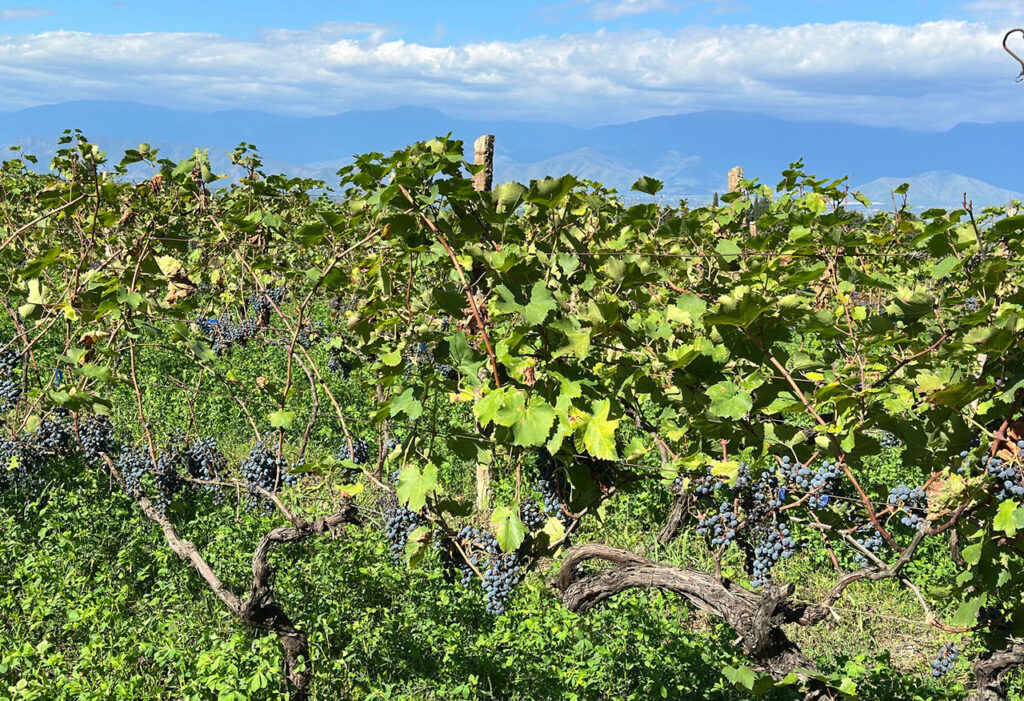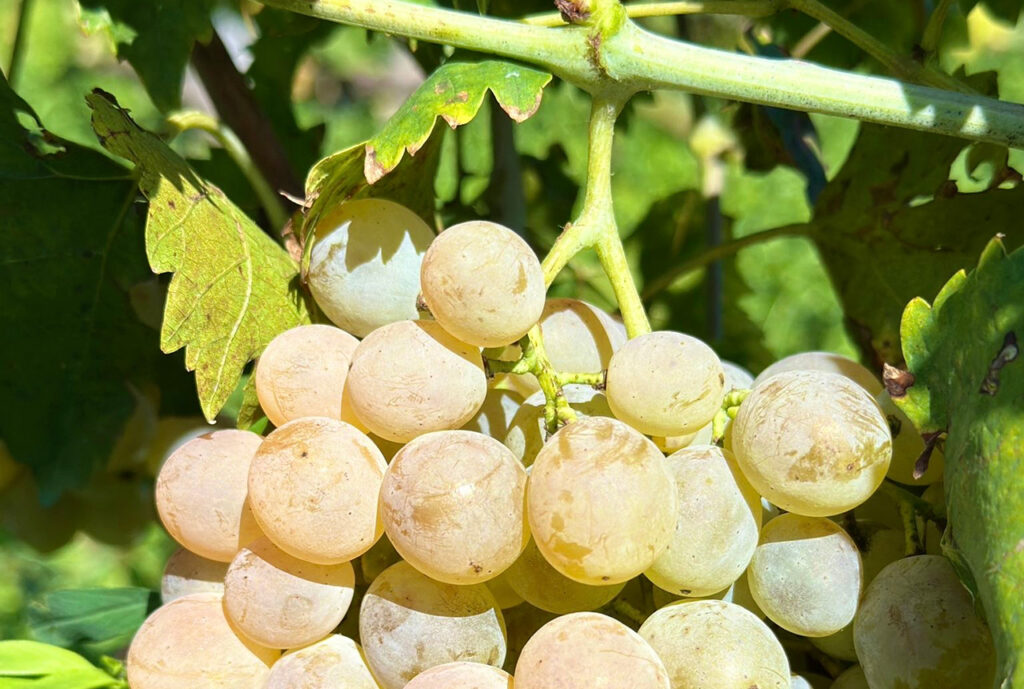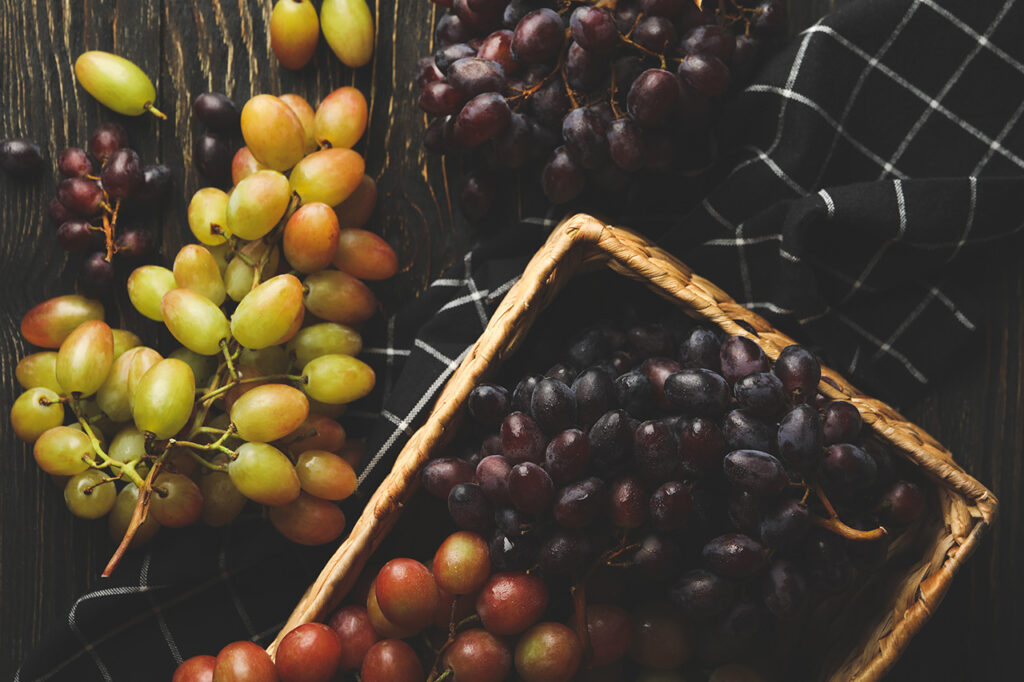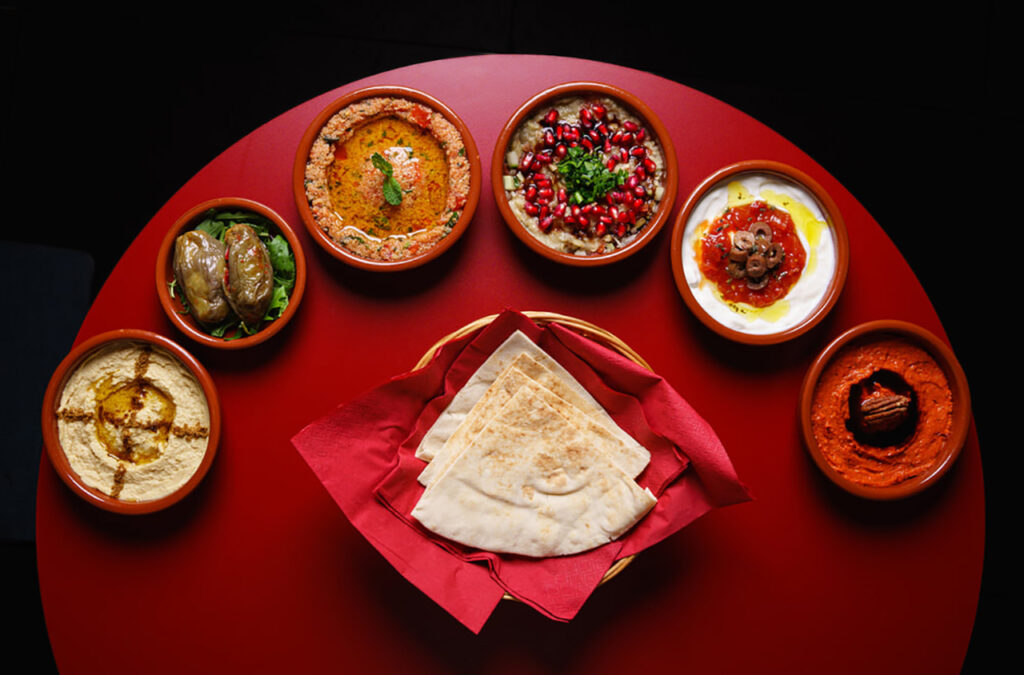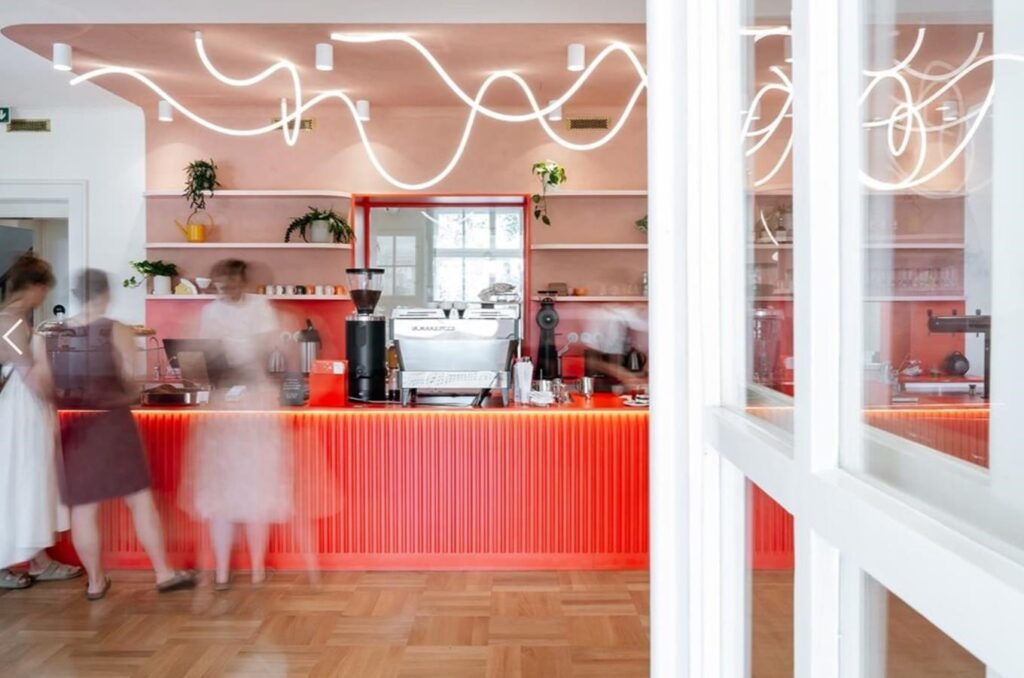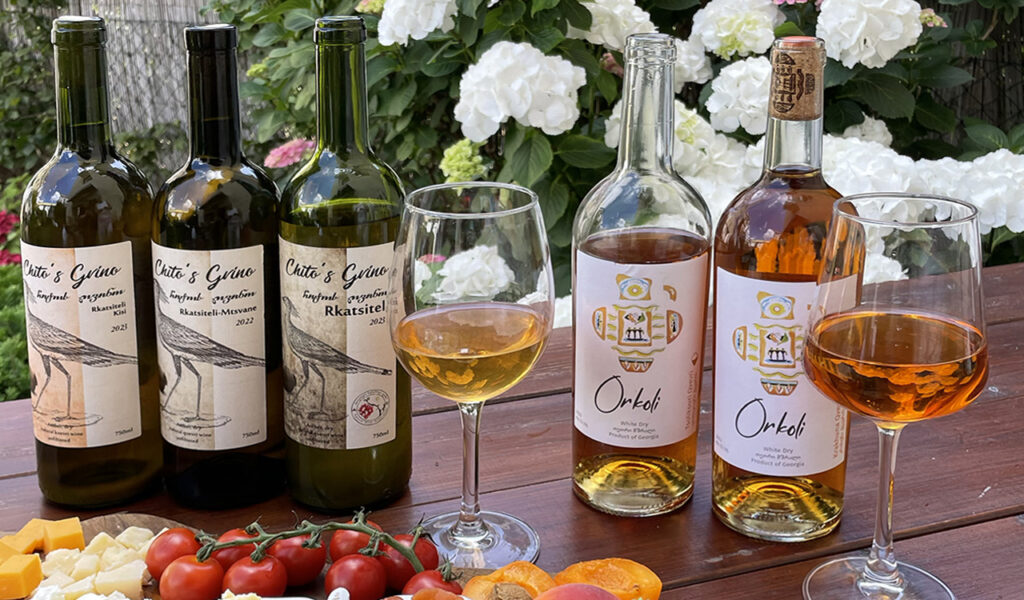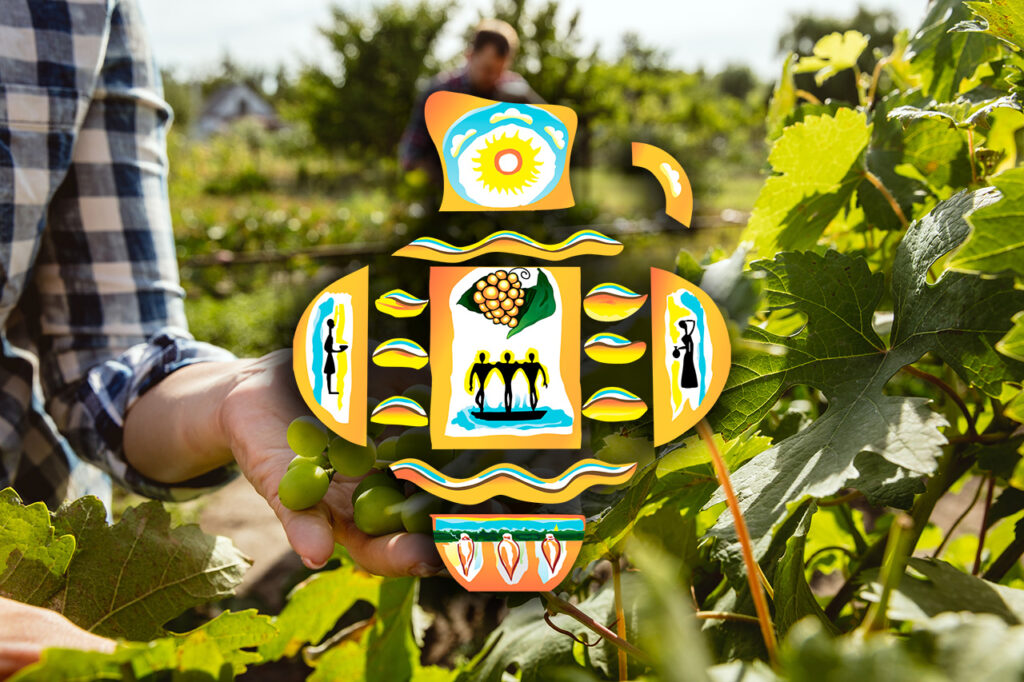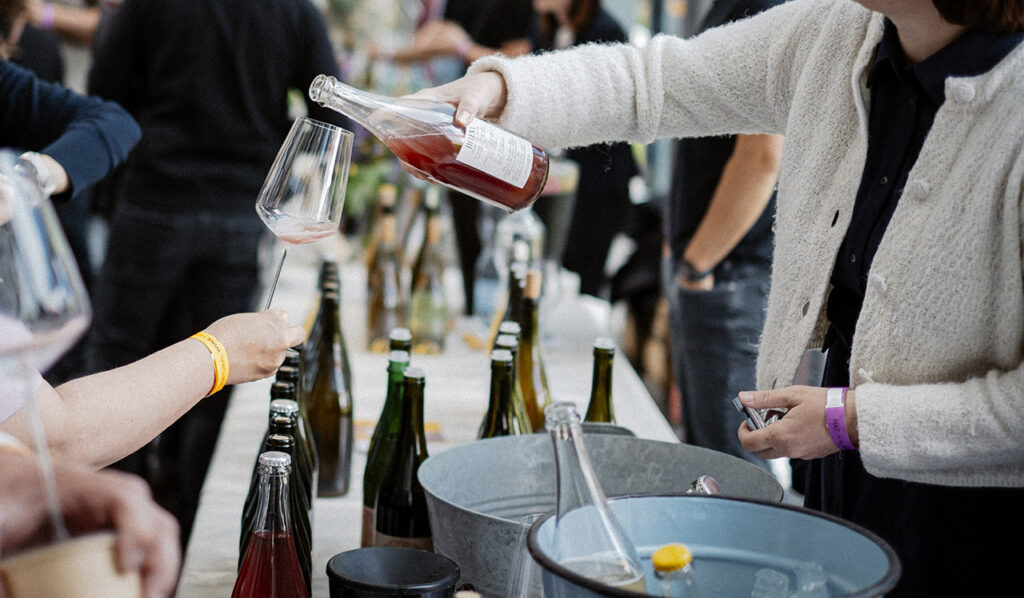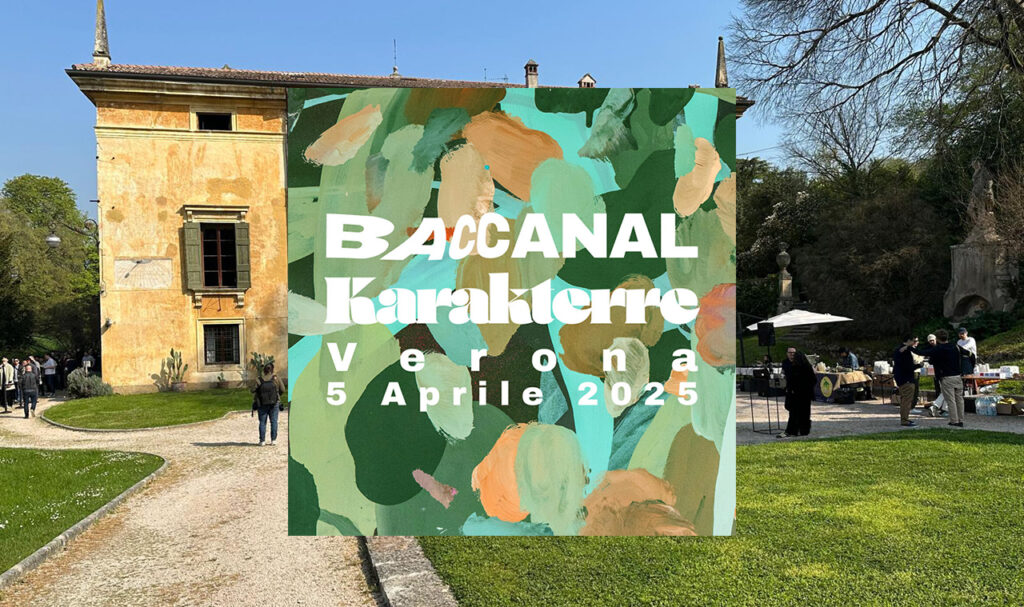Qvevri is The Soul of Georgian Wine
In the rolling hills and ancient villages of Georgia, where winemaking has thrived for over 8,000 years, a remarkable tradition endures—one that defines the very essence of Georgian viticulture. At the heart of this legacy is the Qvevri, a large clay vessel buried underground, which has been used for centuries to ferment and store wine. More than just a container, the Qvevri symbolises Georgia’s deep connection to nature, time, and the art of winemaking.
Crafting the Qvevri: A Labor of Patience and Precision
The creation of a Qvevri is an art form passed down through generations, requiring both skill and an intimate understanding of the elements. The process begins with hand-selecting the finest clay, which is then purified and shaped into large vessels. These pots can range in size from a few hundred to several thousand litres, each one uniquely crafted by Georgian artisans known as Qvevri makers.
Once shaped, the vessels are carefully dried to prevent cracking. This step is crucial, as a poorly dried Qvevri may break during firing. The drying process can take weeks or even months, depending on the size and weather conditions. When the clay is fully dried, the Qvevri is placed in a traditional wood-fired kiln, where it is slowly baked at high temperatures, sometimes exceeding 1,000°C. This intense heat hardens the clay, making the vessel strong and durable enough to last for centuries.
After cooling, the inside of the Qvevri is coated with a thin layer of beeswax, a natural sealant that helps prevent excessive porosity while preserving the wine’s natural flavours. Finally, the vessel is ready to be buried underground, where it will become an integral part of the winemaking process.
The Qvevri Winemaking Process: Nature’s Perfect Vessel
Unlike modern stainless steel tanks or oak barrels, Qvevris allow the wine to breathe and evolve naturally. The winemaking process begins when freshly harvested grapes are crushed and placed inside the Qvevri, including their skins, seeds, and sometimes even stems. This traditional method of skin-contact fermentation is what gives Georgian wines—particularly amber wines—their distinctive colour, texture, and depth of flavour.
The Qvevri is then sealed with a wooden or stone lid, covered with clay, and left to ferment underground. This subterranean environment ensures a stable temperature, allowing fermentation to proceed at a natural pace without artificial intervention. The wine remains in the Qvevri for several months, during which the skins and solids gradually settle to the bottom, naturally clarifying the liquid above.
As the seasons change, the winemaker carefully monitors the wine, tasting and adjusting as needed. When the time is right, the wine is gently siphoned from the Qvevri, leaving the sediment behind. The result is a wine that is rich in tannins, complex in aroma, and deeply expressive of its terroir.
A Tradition Preserved for Generations
Today, the Qvevri winemaking tradition is recognized as a UNESCO Intangible Cultural Heritage, a testament to its historical and cultural significance. Despite modern advancements in winemaking, many Georgian winemakers remain committed to this ancient practice, believing that wine made in Qvevri carries the true soul of the land.
For those who seek an authentic and timeless wine experience, tasting a Qvevri-aged wine is like stepping back in time—a journey to the very origins of winemaking, where earth, clay, and grape come together in perfect harmony.

